Creativity and risk are driving modern horror games – but where does the genre go next?
The devs behind Little Nightmares, the Dark Pictures Anthology, and Wraith: The Oblivion – Afterlife on how horror games are changing in a new generation
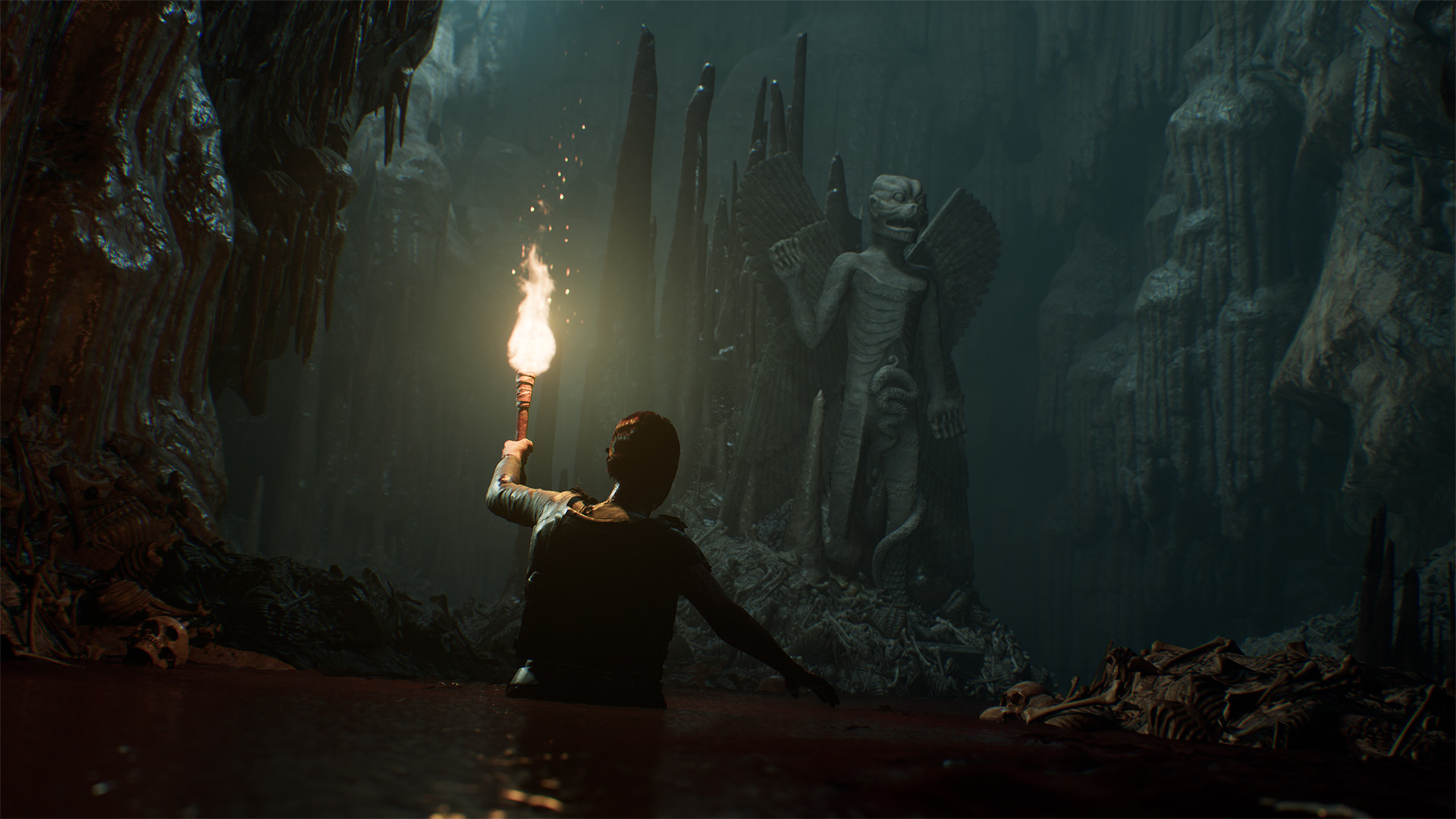
The room shifts ever so slightly to the right, back to centre, then left and back again. Lightbulbs flicker above, then pop like bubble wrap. A child's xylophone plays a looping, unsettling melody against the omnipresent purr of a ship's engine somewhere in the distance. You ease tentatively down the red carpeted aisle of the lunch hall as its bloated patrons moan through contorted expressions and slump to the floor before you. When the closing 10 minutes of a horror game evokes everything from Greek mythology to the works of Guillermo del Toro, Tim Burton, Hunter S. Thompson, and Roald Dahl in one swoop, it's doing something right. Little Nightmares is bloody terrifying, right to the very end.
"Ultimately, you're a small child in a wilderness not meant for children. And with that, everything is planned so meticulously on a design level, from the layout of levels, to movement patterns of enemies, the timing of scares, and audio cues," says Little Nightmares senior producer Lucas Roussel, who worked on both the original puzzle-platformer horror game, and its prequel follow-up Little Nightmares 2 which landed earlier this year. "One thing the team excels in is that building process, where everything you hear and see is fucking creepy, every room you enter, even if it looks nice, is scary. You're already terrified before you even cross the threshold – be that from what you can see or have seen, to everything that you cannot."
Shapeshifters
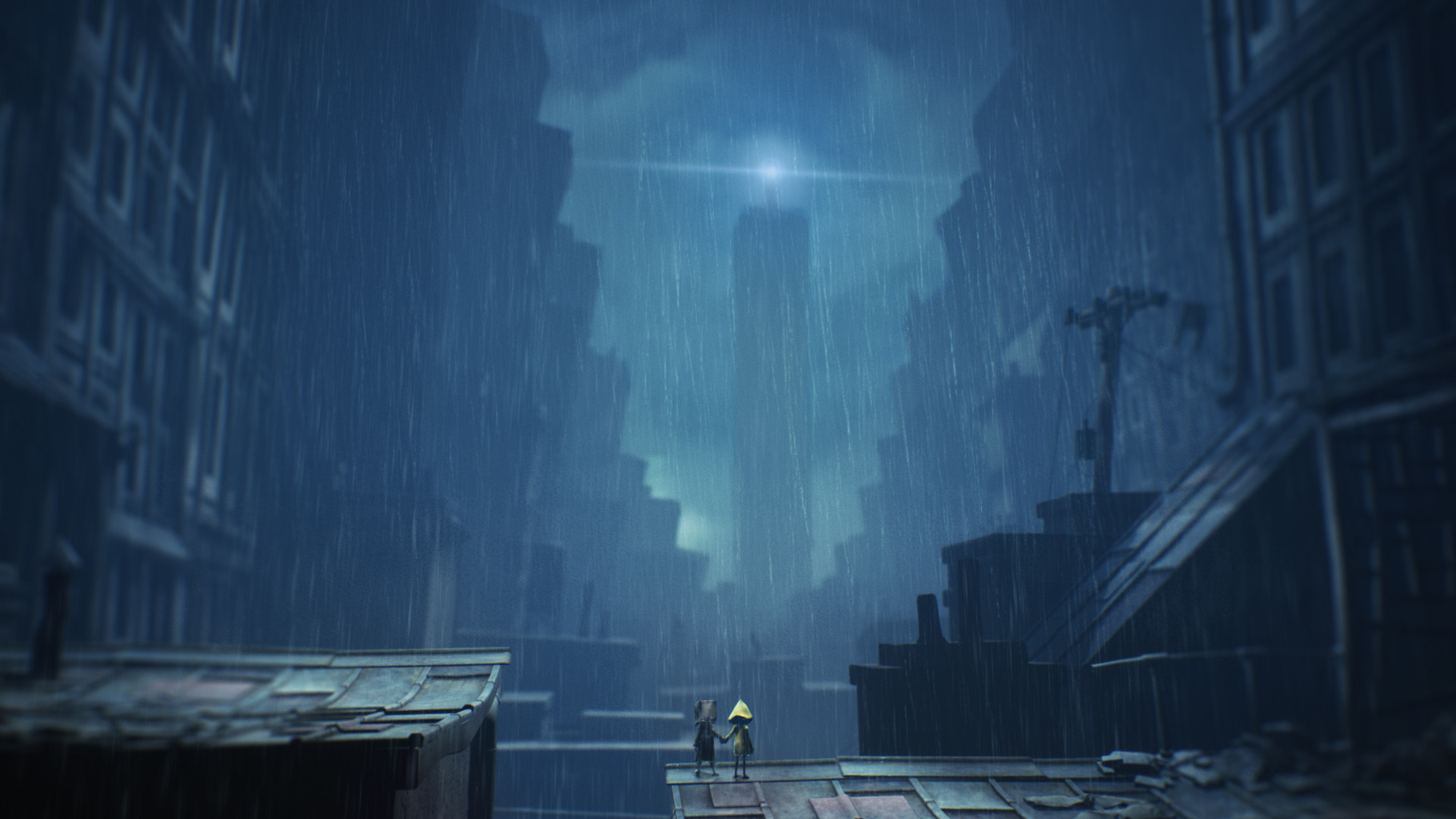
"Genres thrive when people take chances, when they create games that surprise you and that you haven't really seen before. When you look at massive companies and massive projects, they can sometimes be a little bit risk-averse."
Will Doyle, Supermassive Games
In 2021, the landscape of horror games is as varied now than it's ever been. However you seek your twisted kicks, be that from big-budget blockbusters or smaller-scale terrors, frightful fans can hunt scares in myriad forms across multiple devices. Today, the most innovative work is being driven by the latter camp of smaller studios, working under tighter financial constraints than their AAA bedfellows (but often with broader creative strokes), which has given birth to a new generation of successful horror games pushing the genre in new and exciting directions.
In the last year alone, we've seen the arrival of The Medium, a reality-bending psychological horror game from Bloober Team, whose back catalogue includes Observer and the wonderful Layers of Fear; the thoughtful and uber-stylish Mundaun, from MWM Interactive; House of Ashes, the latest entry to Supermassive Games' multi-part Dark Pictures Anthology; and Wraith: The Oblivion – Afterlife, a virtual reality horror game, developed and published by Fast Travel Games.
Tarsier Studios, the Swedish outfit responsible for the Little Nightmares series, is another of those modestly-sized frontrunners pushing the horror envelope, having followed up its super dark breakout hit with something, somehow, even darker still. Rousell says the original plan for Little Nightmares 2 was to include a series of brighter outdoor locations – but after publisher Bandai Namco clapped eyes on the concept drawings, which were tonally darker and creepier than the original game, the developer was ordered to commit to its oppressive and claustrophobic vision in number two.
"I think the reason we're seeing smaller studios really representing the horror genre so well is because you need that creative freedom to make proper horror," continues Rousell. "It can't be constrained too much, and, from our perspective, Bandai Namco has a lot of respect for Tarsier Studios and embraces pretty much everything they want to do. There are always conversations worth having, but with Little Nightmares, Tarsier pretty much had full creative control."
"From a publishing perspective, it also might feel risky to do horror because it's niche. It's a big niche, but it's niche nonetheless, and that's partly why there aren't as many bigger studios taking things on in that space. If you're an indie studio, then it can be easier to follow the path that you want, certainly with less risk. Besides Little Nightmares, games like Mundaun look amazing, and I think these types of games can only be done by indie studios."
Mental game
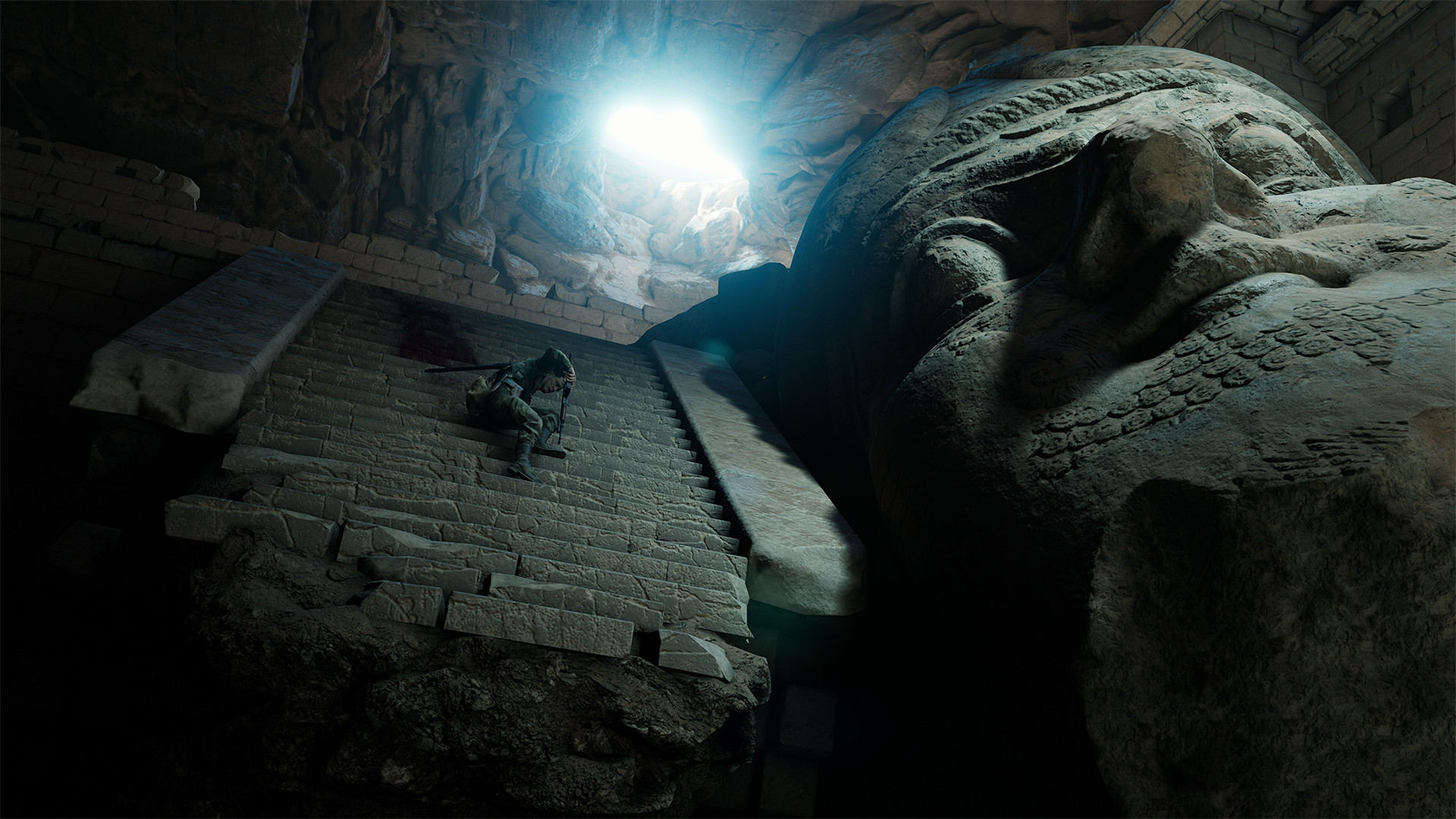
"I think the reason we're seeing smaller studios really representing the horror genre so well is because you need that creative freedom to make proper horror, and that can't be constrained too much."
Lucas Roussel, Little Nightmares 2
Historically, horror games have built their stories around a single hero or group of heroes. These champions tend to be fearless, charismatic and proficient with firearms, either through years of institutional training, or as a means of survival in extraneous circumstances. Many contemporary horror games, on the other hand, have shifted towards more relatable, everyday player characters, who are vulnerable in the face of their plight, and are thus more endearing in the process. Resident Evil, one of the biggest blockbuster horror series out there, has even pivoted from highly-trained special agents to everyman Ethan Winter in its most recent main series instalments, the most current being this year's Resident Evil Village.
Weekly digests, tales from the communities you love, and more
Why does this matter? Because, for the most part, the genre has in turn begun distancing itself from damaging tropes which inaccurately equate mental illness with horror. Games such as The Shattering, the aforementioned Layers of Fear, and The Town of Light explore mental illness and the concept of 'the unknown' with consideration and critical thought, yet while the likes of Outlast and the Amnesia series offer edge-of-your seat horror action, their stereotypical depictions of archaic mental institutions and sanity as a depletable resource respectively belong to a bygone era.
In Little Nightmares, protagonist Six is vulnerable as a child in a hostile environment. In Mundaun, protagonist Curdin is grieving the sudden death of his father. And in the Dark Pictures Anthology, its protagonists are average, admittedly very unlucky, everyday folk. Playing to more favourable horror tropes, then, is Supermassive Games, whose breakout hit – 2015's interactive horror drama, Until Dawn – took the video game horror genre down a new path which encourages cooperative online streaming, and local pass-the-pad fun.
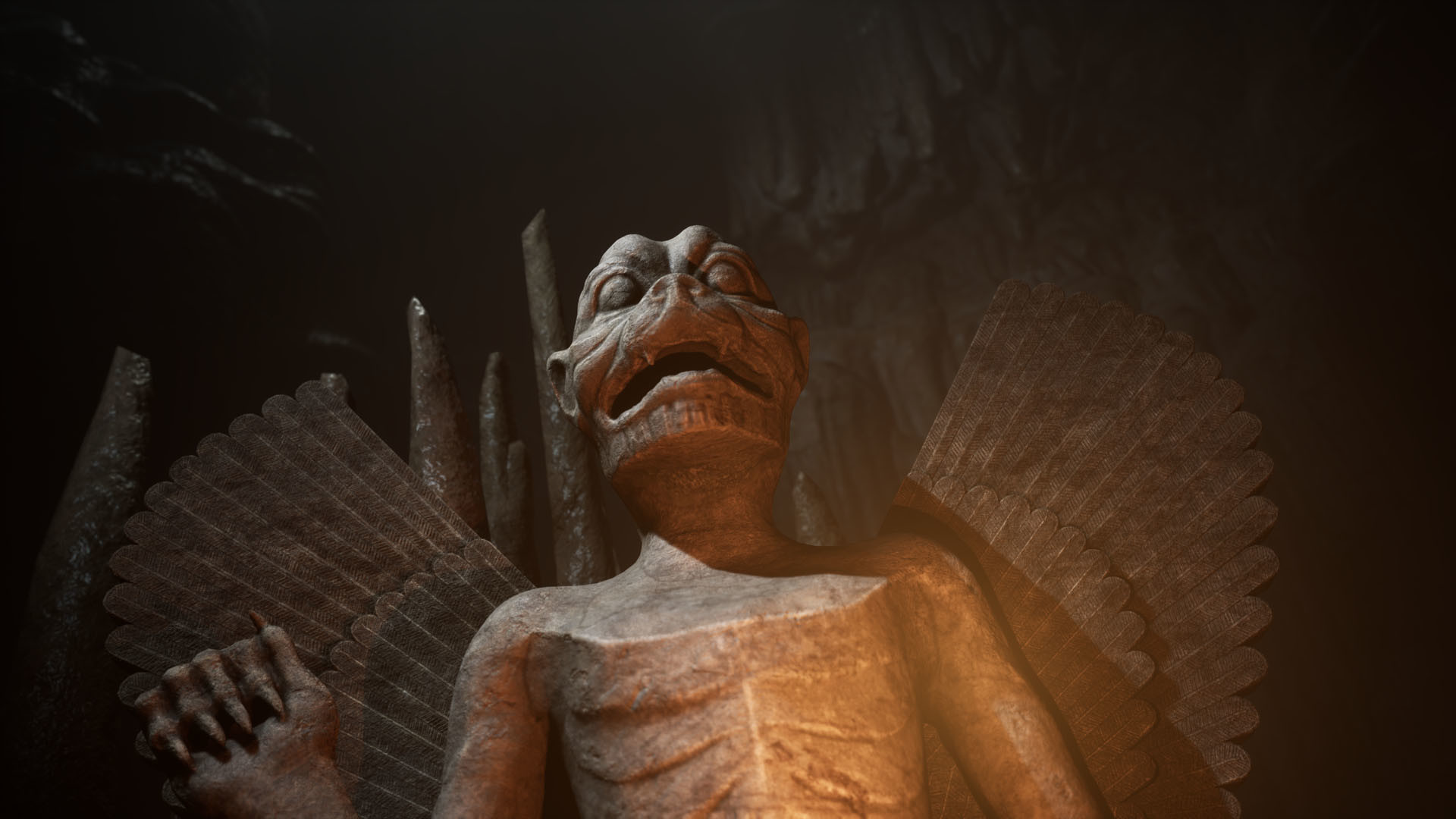
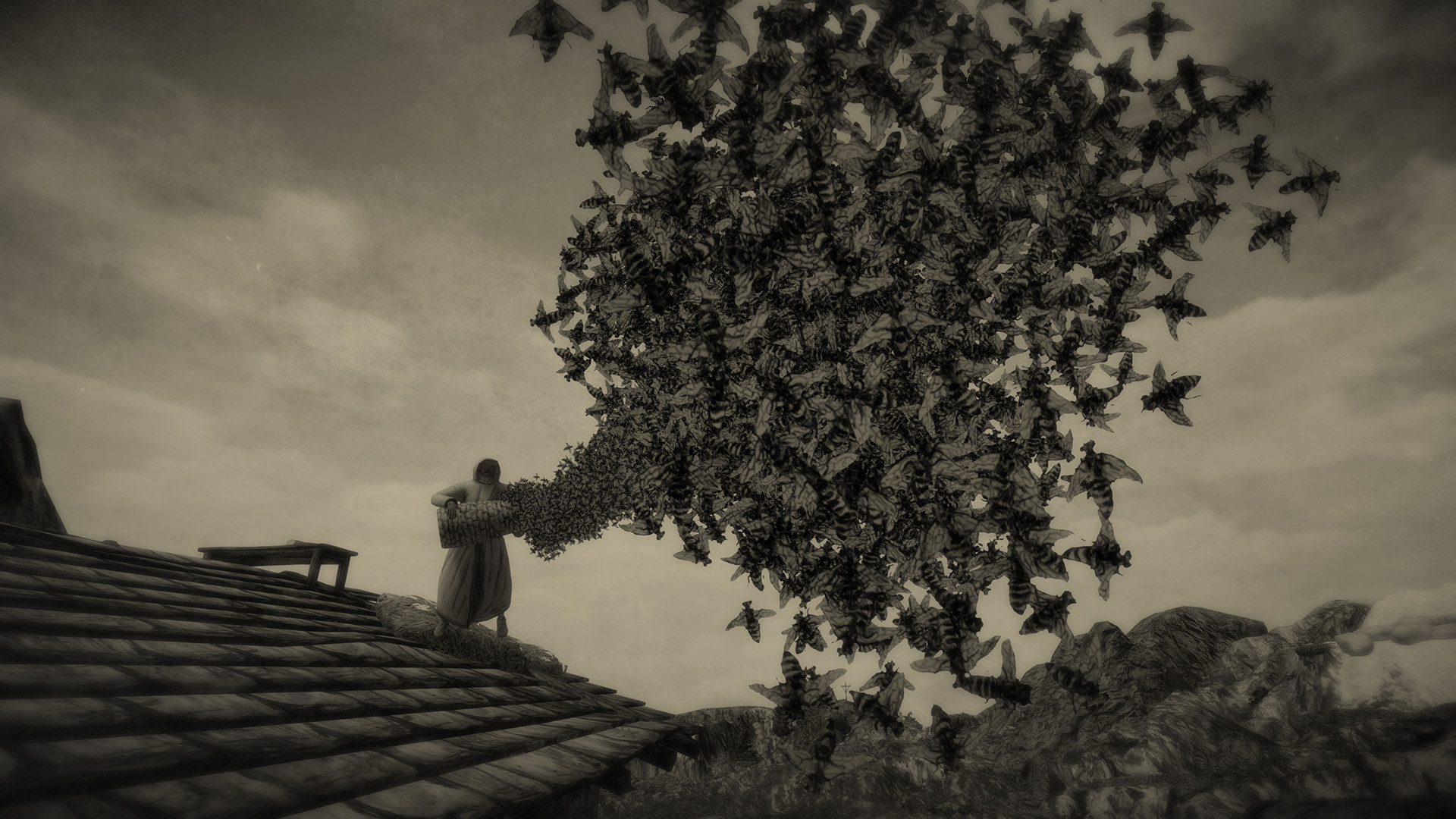
The best horror games to play right now
"When we launched Until Dawn, one of the things that immediately stood out was how quickly the streaming community took hold of it, and it became this spectator way of enjoying games," says Will Doyle, game director at Supermassive Games. "Our games are really good for that, because they're choice-based, branching narrative; a streamer can play through it and they can get their audience shouting, 'now, do this, now do that!' That really surprised us, and led us directly to what we're doing with Dark Pictures – which was to take a narrative horror game and to tell it in a way that supports multiplayer."
"For games in general, but for narrative games specifically, that was quite a rare thing. It brought a whole load of challenges, but we wanted to get that experience where two streamers can be playing through it separately, and could be experiencing different things, and then could come together at certain parts in the story, and are then both getting scared together. It also led to a focus on one of the modes that we present, which is 'Movie Night Mode' in Dark Pictures, where you can sit down with a group of friends, all in the same room, and pass a controller between you."
Doyle admits anthological horror wasn't a path he'd have predicted for Supermassive before launching Until Dawn, but says the short bursts of creativity it affords the team keeps them on their toes. Speaking to the direction of modern horror, Doyle thinks risk is central to its evolution, where no matter the size of the studio, creators must continue to look at things differently and push the limits of technology and player expectation.
"Genres thrive when people take chances, when they create games that surprise you and that you haven't really seen before. When you look at massive companies and massive projects, they can sometimes be a little bit risk-averse," Doyle continues. "Until Dawn was by no means a small game, it was a big professional and polished game, but I think it impressed so many people by taking risks such as permadeath – writing off characters entirely based on the player's decisions."
Harsh reality
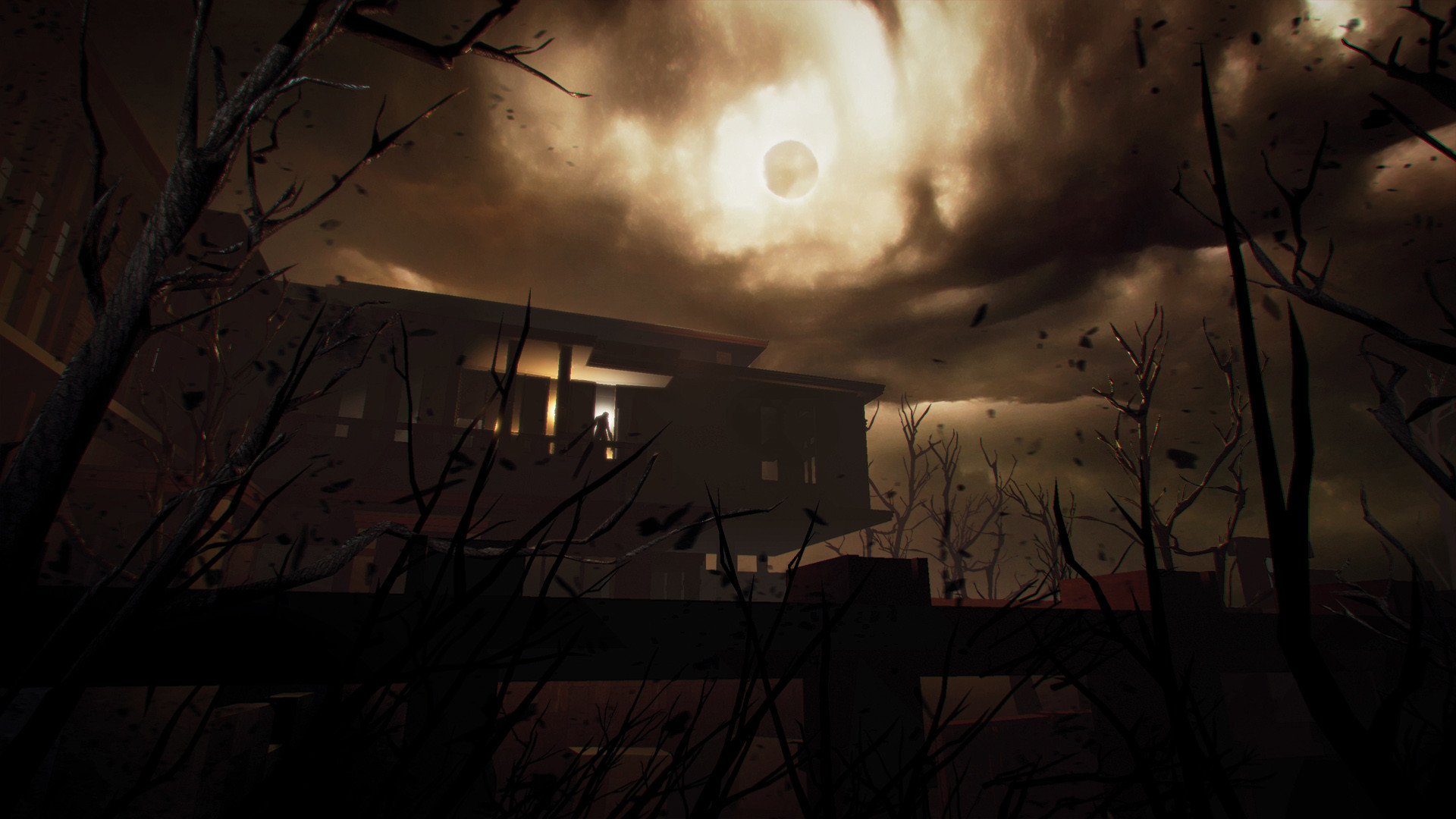
"You need to earn your jumpscares, to build that tension up. You can't end the moment on one either, and I think that's the thing: jumpscares are just another tool in the toolbox that shouldn't be overused."
Erik Odeldahl, Fast Travel Games
For Doyle, the console generation kicked off by the PS5 and Xbox Series X marks a new era for horror with atmosphere and tension-building in mind. With better visuals, studios like Supermassive can manipulate the mood of their work through sharper lighting and higher fidelity environments, ultimately delivering a more cinematic experience than what's come before. For Rousell, on the other hand, diversification is vital to the future of horror video games – be that adopting a more narrative-leaning approach like the Dark Pictures series, a more artistic, audio-influenced route such as Little Nightmares, or by exploring new avenues such as virtual reality.
One game which strives to straddle all three camps is Wraith: The Oblivion – Afterlife, Fast Travel Games' VR-exclusive horror venture that launched earlier this year. As you might imagine, the all-consuming nature of virtual reality can lend itself well to the horror genre, and, with Afterlife having been inspired by the likes of Alien: Isolation, the scope to build tension with the help of a sensory-overloading headset is huge. That said, game director Erik Odeldahl reckons there's a fine line between immersing players in terrifying worlds and overwhelming them.
"With Afterlife, we wanted to focus on mood and slower tension-building. It can get quite intense at times, and the way we balanced it is actually not that different from how I would balance it in a flat screen game," says Odeldahl. "There needs to be peaks and valleys, where after a really intense section, you need to give the player time to breathe."
Despite his almost 20 years of game development experience – eight of those at EA DICE, working on the likes of Mirror's Edge and Battlefield – Odeldahl says working in VR still throws up new challenges. When he co-founded Fast Travel Games in 2016, he says he expected players to play VR games sporadically, in short bursts before taking extended breaks. Instead, he found players generally staying in games for much longer, which in turn impacted how he and his team chose to design Afterlife.
"High tension moments can last for half an hour, so you then must have a cool down period for players," explains Odeldahl. "It's also super easy to scare people with jumpscares, and doing that quickly gets boring. One of our central tenets in the making of Afterlife was that we had to earn our jumpscares. Of course, some people will jump and be scared when a bottle falls and rattles on the floor – but the really jumpy-scary parts, you need to earn, you need to build that tension up, and, above all else, you can't let the moment just end with a jumpscare. I think that's the thing: jump scares are just another tool in the toolbox that shouldn't be overused."
Bright future

Odeldahl believes the reason so many smaller, ambitious studios are flying the flag for horror in 2021 is because they can explore themes and feelings which might not fit in big budget games. He reckons that while horror games don't always intend to be political, the fact that they regularly pursue stories through the lens of an underdog make them so, and that by digging so deep into themes of powerlessness, horror often has players chasing power fantasies, where they're constantly trying to reverse their fortunes in the face of imminent defeat.
It's all quite profound when put in those terms, and, for me, feeds back into the overarching idea of vulnerability. One of the most terrifying moments in survival horror classic Silent Hill 2, is when an unarmed protagonist James Sutherland first encounters a Lying Figure, and is forced to haphazardly beat the monster to death with a wooden plank he rips from a nearby fence. In that moment, you realise: this 'hero' is not a zombie-slaying S.T.A.R.S. agent, but is simply an ordinary, troubled man. Similarly, at the climax of Little Nightmares, protagonist Six uses a mirror to return the killer gaze of final boss The Lady onto herself. The set-piece marks the game's first act of combat, and even with the upperhand, Six stumbles to the floor, dropping the mirror with each blow, constantly underlining the precariousness of the moment.
Physically placing yourself into similar scenarios is a natural evolution for horror video games, and would introduce a new layer of intense vulnerability that I'm not sure I'm quite ready for personally. With games like Afterlife putting so much into VR horror storytelling, the question for studios like Fast Travel may not be what does the future hold for the horror genre, then, but what does the future hold for virtual reality itself?
"For us, the Oculus Quest is a major platform," says Odeldahl. "I'm really looking forward to Sony's next steps, and PS VR is also always interesting. I think the coolest thing is that it's taken us and other studios a while to actually find out what works and how VR is best used – not just in horror but in other genres too. I'm really proud of what we did in Afterlife, and with constraints in mind, I think we've progressed a lot there."
"That's not to say VR will take over any time soon, but I do believe VR is really growing into its true form right now. Will we go full on horror for our next one? Who knows, there are some people in our office who are still too scared to play Afterlife. That's a good thing. But I think you'll recognise parts of Afterlife in whatever we do next."
The horror genre is well-represented in our new games 2021 list.

Joe Donnelly is a sports editor from Glasgow and former features editor at GamesRadar+. A mental health advocate, Joe has written about video games and mental health for The Guardian, New Statesman, VICE, PC Gamer and many more, and believes the interactive nature of video games makes them uniquely placed to educate and inform. His book Checkpoint considers the complex intersections of video games and mental health, and was shortlisted for Scotland's National Book of the Year for non-fiction in 2021. As familiar with the streets of Los Santos as he is the west of Scotland, Joe can often be found living his best and worst lives in GTA Online and its PC role-playing scene.


